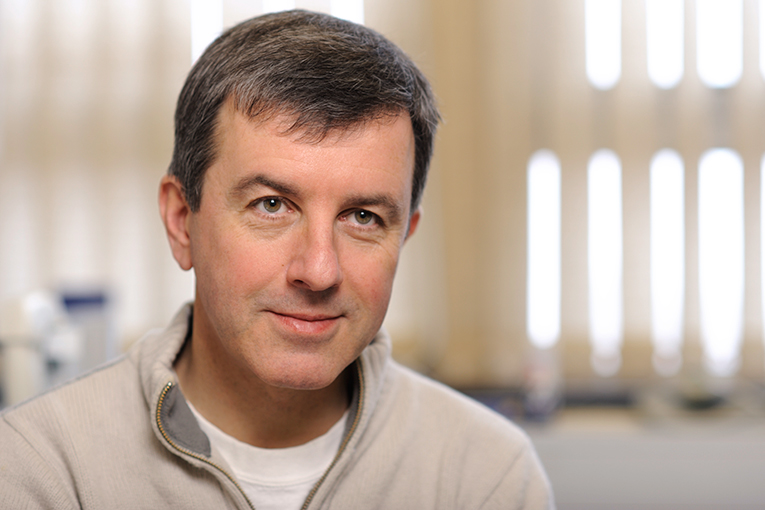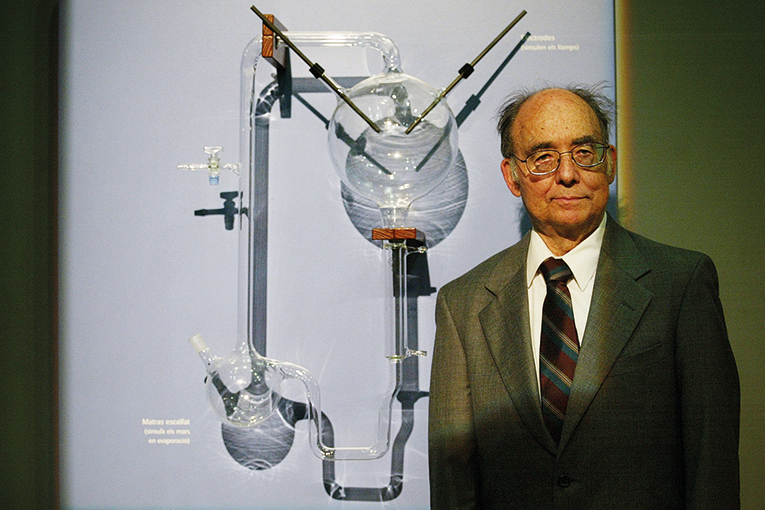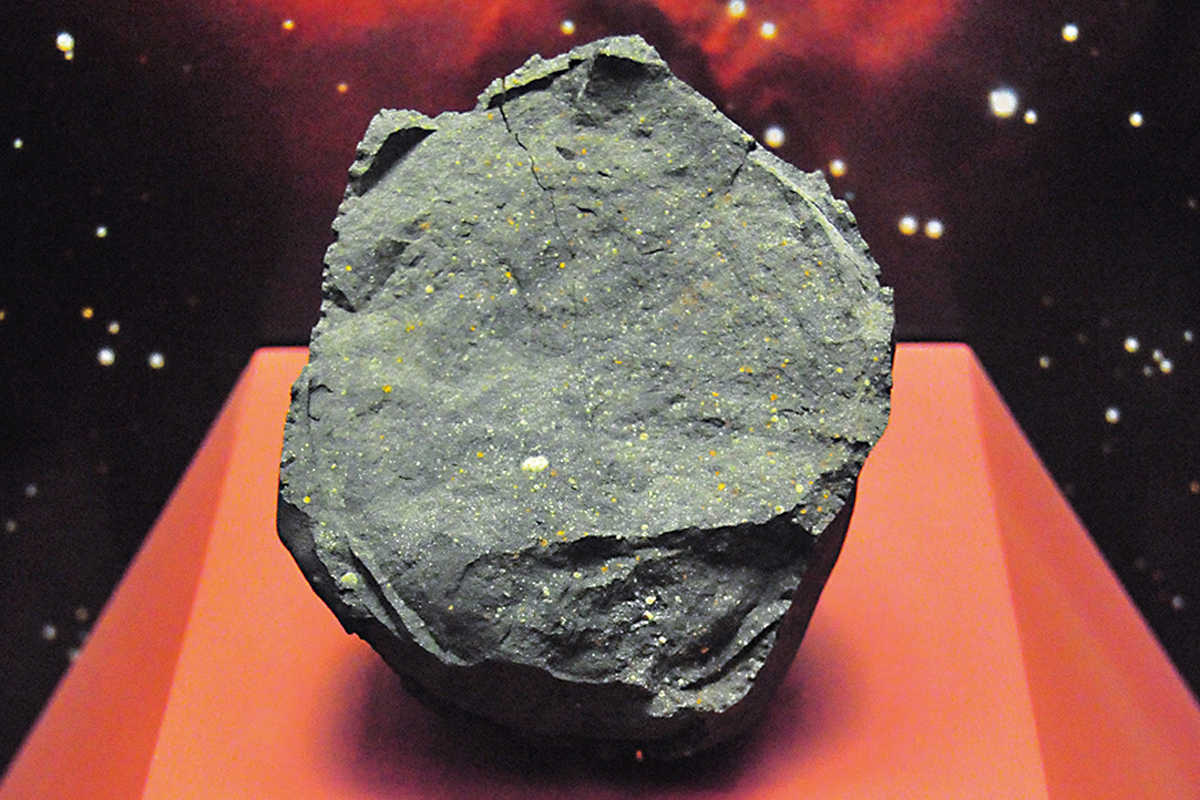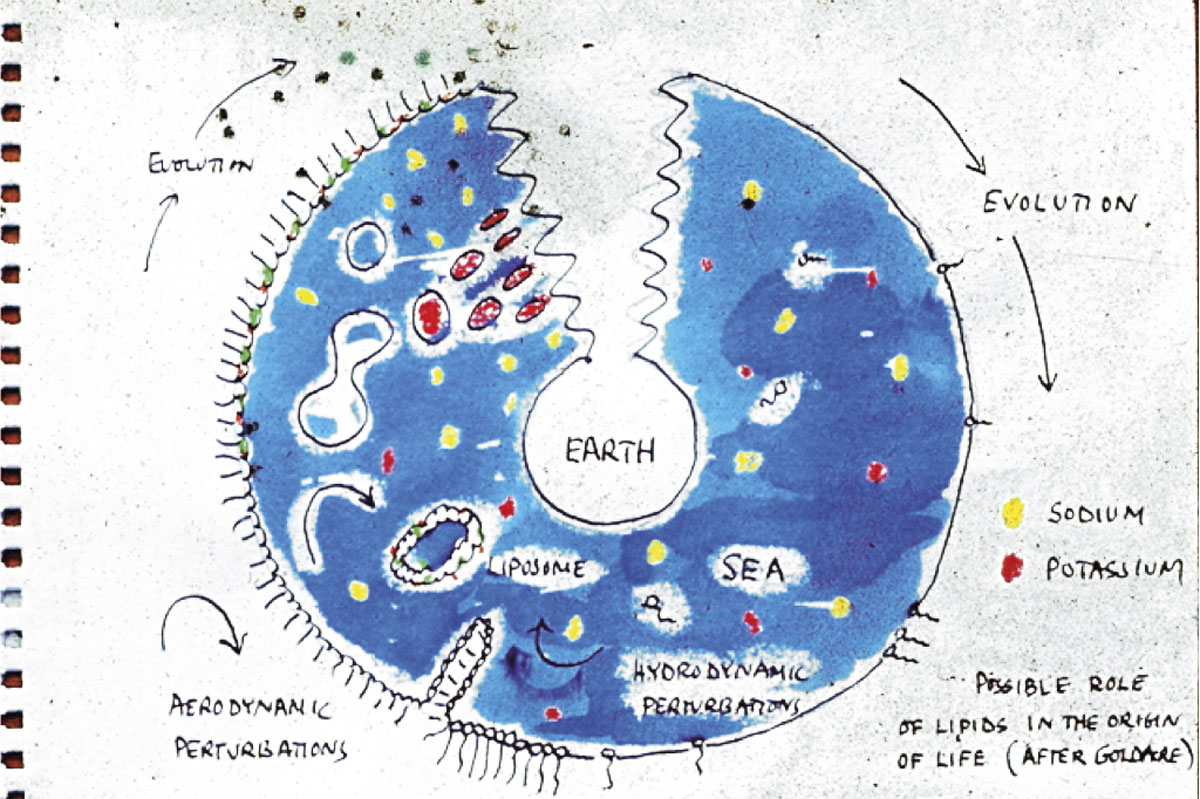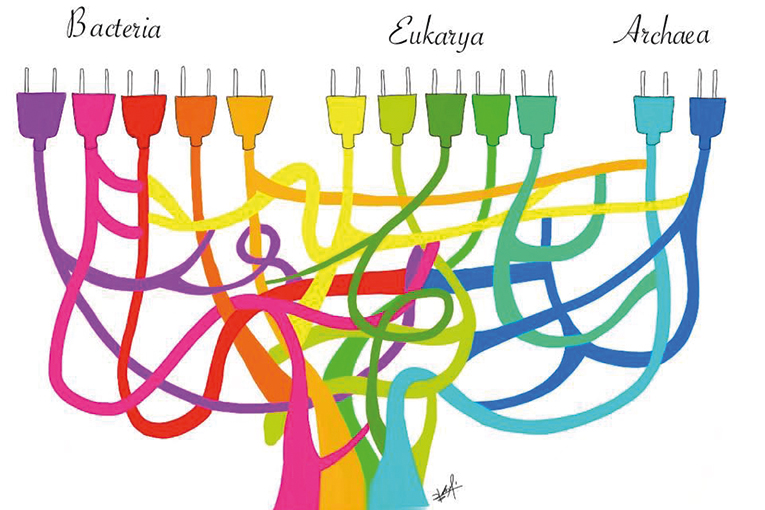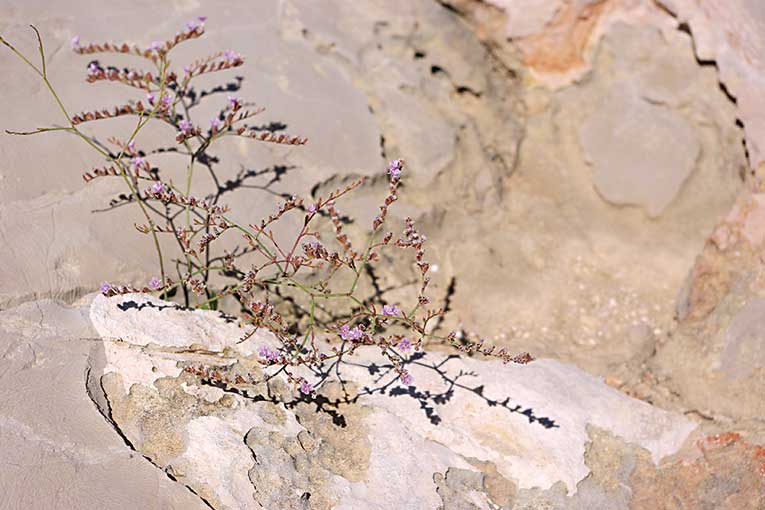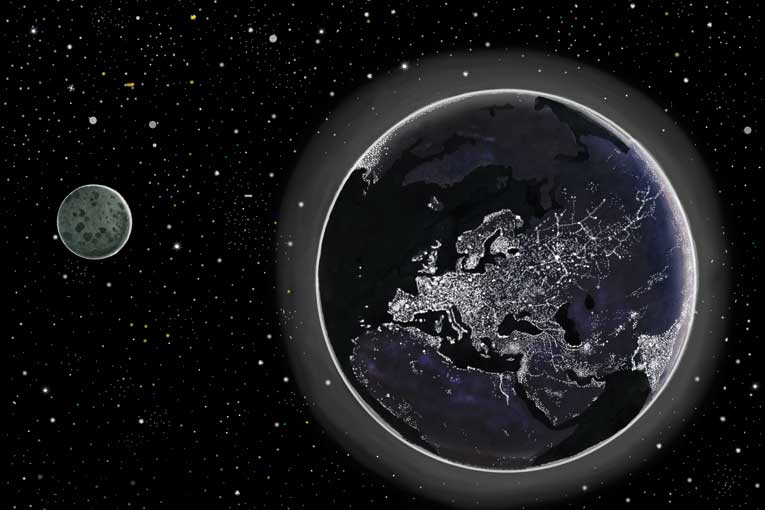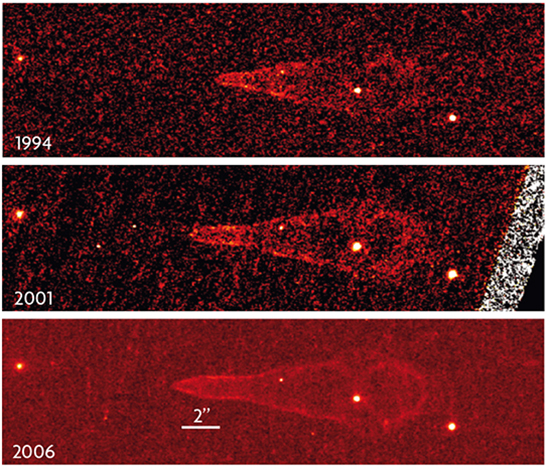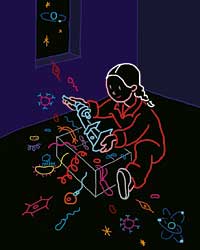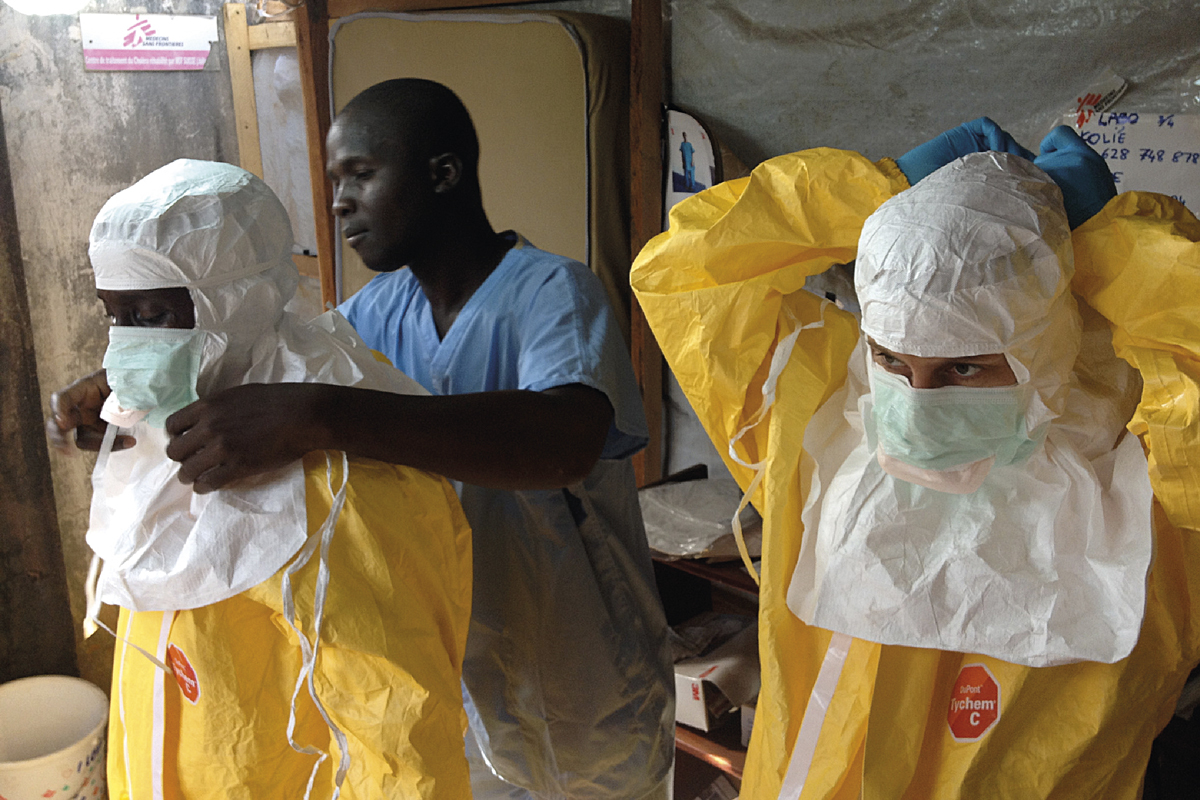Search
Interview with John Sutherland
«The question of the origin of life is one of the fundamental problems of science.» Few would disagree with this statement by the Russian biochemist Alexander I. Oparin, pioneer in
The expected effects of global environmental change over the coming decades may worsen the situation for many currently endangered Valencian plants, even leading to the localised extinction of some species
Author disclaimer: this article contains a considerable amount of spoilers THE SERIES PHENOMENOn The twenty-first century brings an unprecedented narrative and visual phenomenon with millions of viewers all around the world: TV
In the long-lived human culture there have been a handful of especially transcendent ideas. They are ideas that divide history into two parts. Most of these few big ideas have
I worked for fours years at TVE programme Redes. It was an excellent programme and Punset was a great science communicator who managed to do what very few could: get
Imagine a solar panel that can transform almost one hundred percent of the sunlight it receives into electricity. To make the most out of nights, place
Religion is usually a rational attempt to explain the incomprehensible. A rational one, based on available information, naturally. Of course, most religions are very old, so their rationalist effort seems


